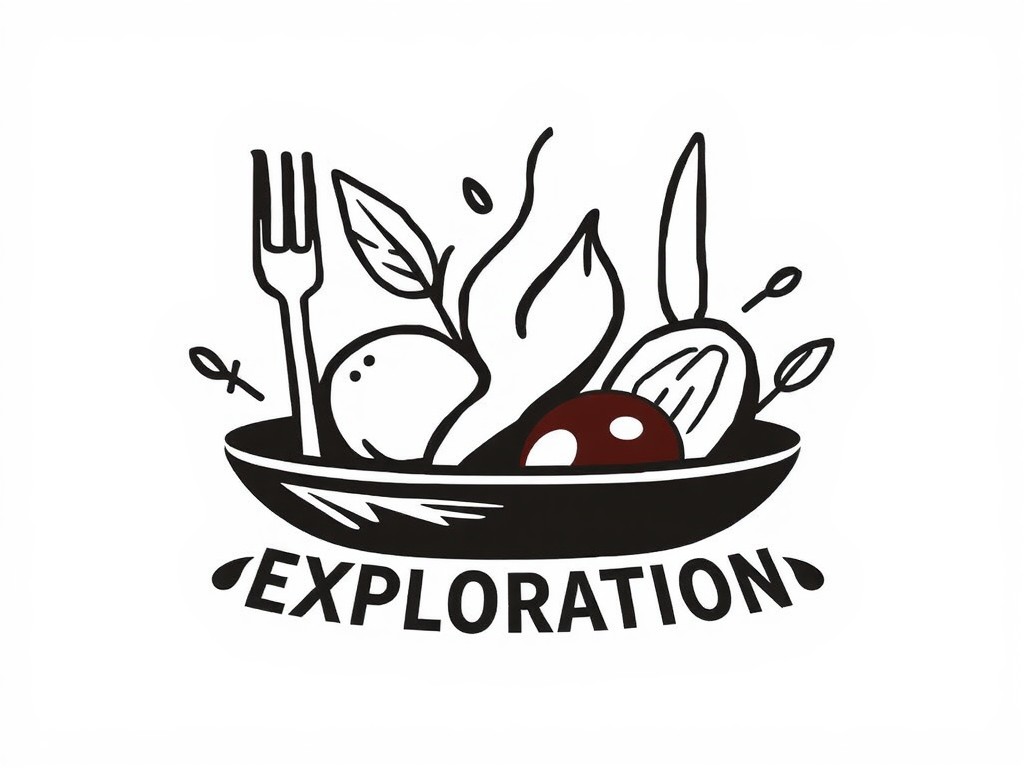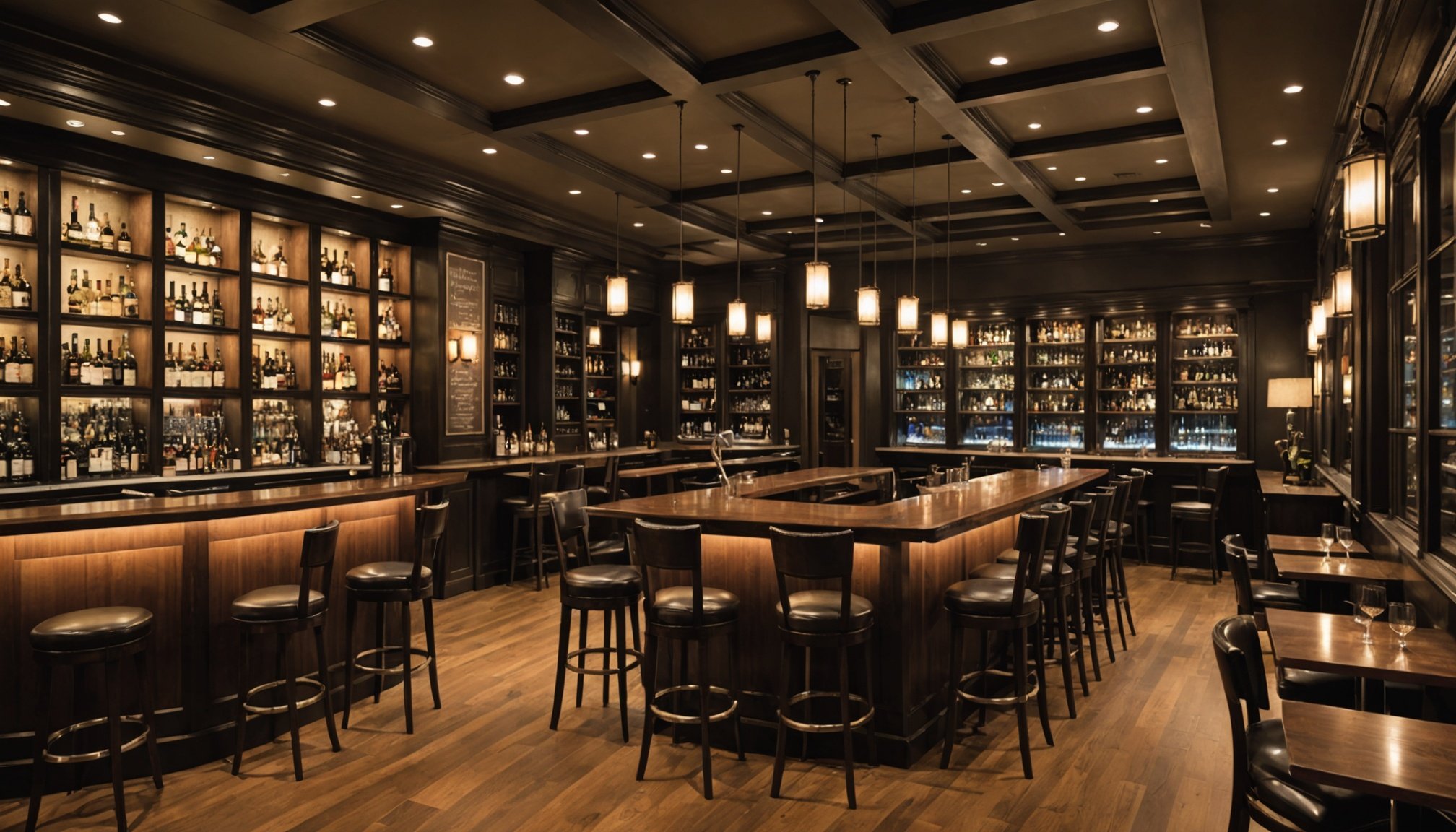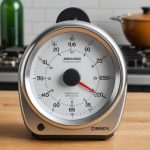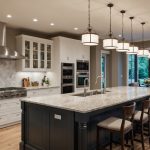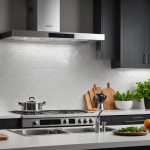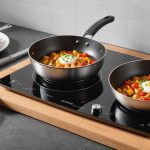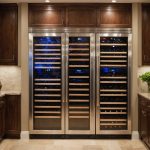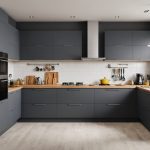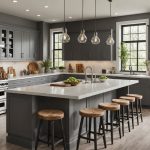Transforming a bar layout can elevate the guest experience and drive business success. With expert insights, you’ll learn how to blend aesthetics with functionality. Discover essential elements such as flow, space utilization, and design trends that create an inviting atmosphere while maximizing efficiency. Uncover strategies to enhance customer engagement and staff productivity, ensuring your bar stands out and meets the demands of today’s patrons. Ready to redefine your bar's impact? Let’s get started.
Understanding Bar Layout Essentials
Exploring the core of efficient bar design.
Also to see : How Lighting Sets the Mood: The Key Role in Enhancing the Atmosphere of Casual Dining Restaurants
A well-designed bar layout is crucial for ensuring both efficiency and customer satisfaction. It's not just about aesthetics; a functional bar design can significantly impact service speed and staff workflow. Here are some key elements to consider when planning your bar layout:
Key Elements
- Space Optimization: Ensure there's enough room for bartenders to move efficiently. A cramped space can slow down service and create safety hazards.
- Equipment Placement: Strategically position equipment like ice bins, sinks, and glassware racks to minimize unnecessary movement.
- Customer Accessibility: Design the bar to make it easy for customers to order and receive drinks, enhancing their experience.
Balancing Aesthetics and Functionality
While aesthetics are important, they should never compromise functionality. A visually appealing bar that lacks practical design can lead to operational inefficiencies. Striking a balance is key:
Also to see : Key considerations for designing a sustainable restaurant: a guide to eco-friendly spaces
- Lighting: Use lighting to create ambiance without hindering visibility.
- Materials: Select durable materials that are easy to clean and maintain.
- Flow: Design the layout to facilitate a smooth flow of both staff and customers.
By focusing on these aspects, you can create a functional bar design that meets both operational needs and aesthetic desires.
Space Utilization and Ergonomics
Maximizing efficiency and comfort in bar environments.
Strategies for Maximizing Space
Effective space optimization is crucial in small bar areas. Consider utilizing vertical storage solutions, such as wall-mounted shelves, to free up counter space. Implementing foldable or retractable furniture can also help maximize available space without compromising the bar's functionality. These strategies ensure that every inch is used efficiently, enhancing staff workflow and customer experience.
Importance of Ergonomics
Ergonomic design plays a pivotal role in improving bar staff productivity. By arranging equipment and workstations to minimize repetitive strain, bartenders can work more efficiently and comfortably. For example, positioning frequently used items within arm's reach reduces unnecessary movement, allowing staff to serve customers more quickly. Ergonomics not only boosts productivity but also reduces the risk of workplace injuries.
Creating a Comfortable Environment
A well-thought-out bar layout enhances the patron experience by ensuring comfort and accessibility. Consider incorporating ergonomic seating and adjustable lighting to create a welcoming atmosphere. Features like these make it easier for customers to relax and enjoy their time, encouraging repeat visits.
- Vertical storage for space optimization
- Ergonomic seating for customer comfort
- Adjustable lighting for ambiance
Prioritizing space optimization and ergonomic design creates a harmonious environment that benefits both staff and patrons.
Design Principles for a Stunning Bar
Creating a visually captivating and functional space.
Enhancing Aesthetic Appeal
A well-thought-out bar design can significantly elevate the ambiance and attract customers. Incorporating the right color schemes and materials is crucial. Opt for colors that align with your brand and create a welcoming atmosphere. For instance, warm tones can evoke a cozy feel, while bold colors add vibrancy.
Selecting durable yet visually appealing materials like polished wood or sleek metals can enhance the bar's aesthetic appeal while ensuring longevity.
Lighting Techniques
Lighting plays a pivotal role in setting the mood. Use layered lighting techniques to create depth and ambiance. Pendant lights can highlight specific areas, while LED strips can add a modern touch. Consider dimmable options to adjust the ambiance based on the time of day or event.
- Pendant lights for focal points
- LED strips for modern appeal
- Dimmable options for versatility
Incorporating Branding
Incorporating branding into your bar design can strengthen your identity. Use branded elements like custom signage, logo-embossed materials, or thematic decor to create a cohesive look. This not only boosts brand recognition but also enhances the overall aesthetic appeal.
By focusing on these bar design principles, you can create a stunning and memorable environment that captivates your patrons.
Layout Planning for Efficiency
Optimizing service flow and operational effectiveness.
Flow of Service
Bar Layout Planning is essential for maintaining a seamless flow of service from the entry to the service area. A well-thought-out layout ensures that staff can move efficiently, reducing wait times and enhancing customer satisfaction. By strategically positioning service stations, you can facilitate a smooth transition for both staff and patrons. Consider the placement of key elements like point-of-sale systems and beverage stations to streamline operations.
Importance of Traffic Patterns
Understanding traffic patterns is vital for effective layout design. Analyze how both staff and customers move within the bar to identify potential bottlenecks. Address these areas by adjusting the layout to promote a natural flow. For instance, ensure that the path from the kitchen to the bar is unobstructed, allowing for quick service delivery.
Tools for Effective Planning
Utilize digital tools to aid in layout planning and revision. Software solutions can help visualize space, enabling you to test different configurations before implementation.
- CAD software for detailed planning
- 3D modeling for visualizing layouts
- Analytics tools for traffic pattern analysis
By focusing on these aspects, you can achieve operational efficiency and create a bar environment that is both functional and inviting.
Case Studies: Successful Bar Layouts
Exploring real-world examples of effective bar design.
Overview of Notable Bar Design Projects
Examining bar design case studies offers valuable insights into successful layouts. One renowned example is the minimalist design of XYZ Bar, which maximized space by using sleek, vertical storage. Another is the vibrant ambiance of ABC Lounge, achieved through strategic lighting and color schemes. These projects exemplify how thoughtful design can enhance both functionality and aesthetics.
Analysis of What Made These Layouts Successful
In these successful layouts, several factors were pivotal. Efficient space utilization allowed staff to move seamlessly, improving service speed. The strategic placement of equipment reduced unnecessary movement, enhancing workflow. Notably, customer accessibility was prioritized, ensuring patrons could easily order and enjoy their drinks. These elements contributed to the overall success of these bar design projects.
Lessons Learned from These Case Studies
From these bar design case studies, several lessons emerge:
- Space Optimization: Prioritize efficient use of available space.
- Customer Experience: Focus on accessibility and comfort.
- Aesthetic Balance: Combine functionality with appealing design.
By analyzing these successful layouts, bar owners can glean insights to apply in their own establishments, ensuring both operational efficiency and customer satisfaction. These case studies highlight the importance of thoughtful planning in creating a thriving bar environment.
Current Trends in Bar Design
Exploring the latest innovations shaping modern bar concepts.
Overview of Popular Trends
In the world of bar design trends, modern bar concepts are continuously evolving. A significant shift is seen towards open layouts that facilitate social interaction. Bars are adopting minimalist aesthetics, using clean lines and neutral colors to create a sophisticated atmosphere. This approach not only enhances the visual appeal but also contributes to a more spacious and welcoming environment.
The Influence of Technology
Technology is a driving force in modern bar concepts. Interactive elements like digital menus and self-service kiosks are becoming standard, improving efficiency and customer experience. Smart lighting systems adjust ambiance dynamically, while automated inventory systems streamline operations. These technological innovations are central to current bar design trends, offering both functionality and novelty.
Sustainable Design Practices
Sustainability is increasingly integral to modern bar concepts. Bars are incorporating eco-friendly materials and energy-efficient appliances to reduce their carbon footprint. Reclaimed wood and recycled metals are popular choices, aligning with the growing demand for green bar design trends. This focus on sustainability not only appeals to environmentally conscious patrons but also contributes to long-term operational savings.
- Open layouts for social interaction
- Digital menus for enhanced service
- Eco-friendly materials for sustainability
These bar design trends highlight the blend of aesthetics, technology, and sustainability in shaping the future of bar environments.
Maximizing Revenue Through Design
Enhancing profitability with strategic bar layouts.
Strategies for Enhancing Customer Experience
A well-crafted bar layout can significantly boost revenue optimization by improving the customer experience. By designing spaces that encourage longer stays, bars can increase sales. For instance, incorporating comfortable seating areas and ensuring easy access to the bar can enhance the patron's experience, leading to increased spending.
How Design Influences Spending Behavior
Bar design plays a crucial role in influencing spending behavior. Strategic placement of revenue-generating features, such as prominently displayed premium drink options, can encourage higher spending. A well-lit, inviting entrance can also attract more customers, creating a welcoming atmosphere that promotes repeat visits.
Examples of Revenue-Generating Features
Incorporating certain elements into the bar's design can directly impact revenue. Consider these features:
- Interactive drink menus to engage customers
- Ambient lighting to set the mood
- Themed decor that aligns with customer interests
By focusing on these aspects, bar owners can create an environment that not only enhances the customer experience but also drives revenue optimization. Thoughtful design choices can lead to a more profitable and inviting establishment, encouraging patrons to linger and spend more.
